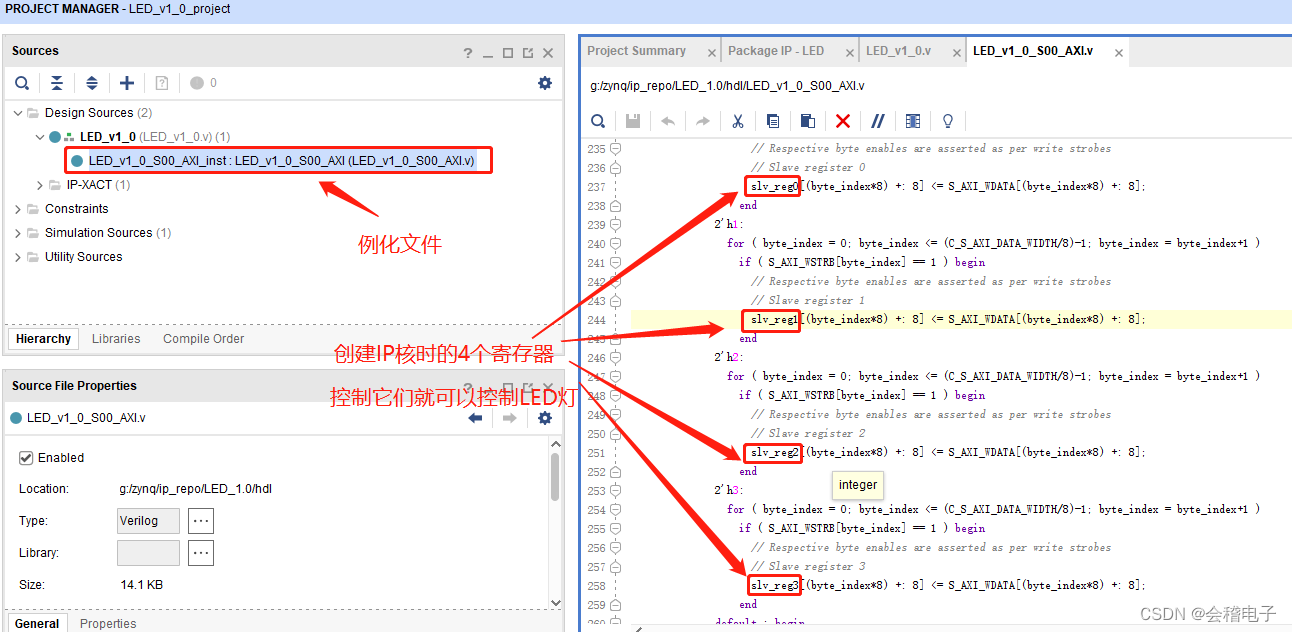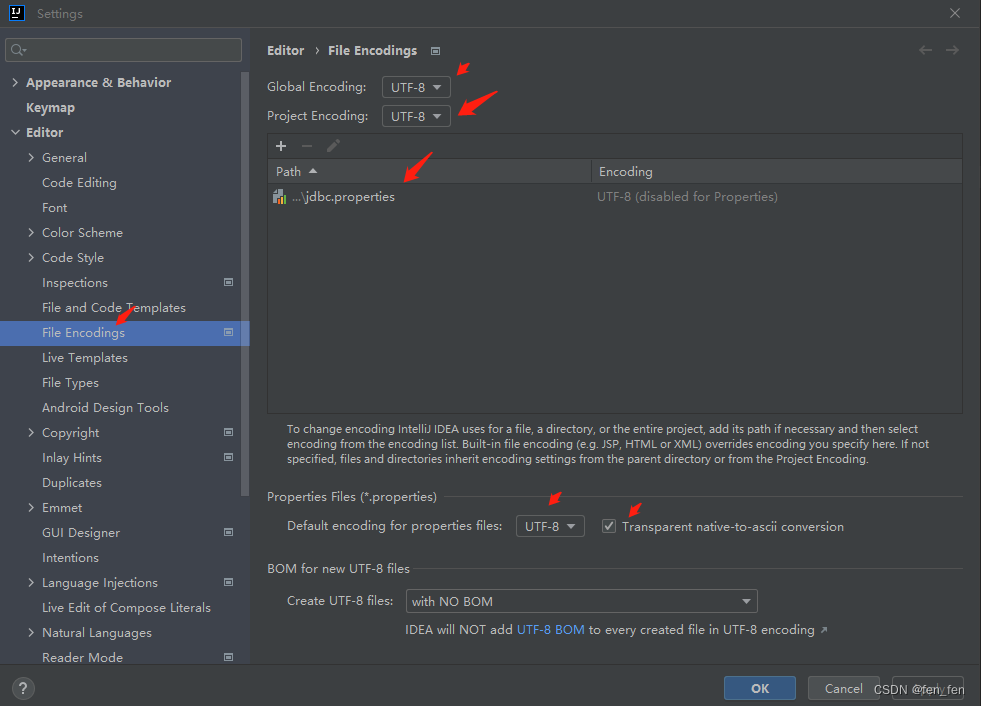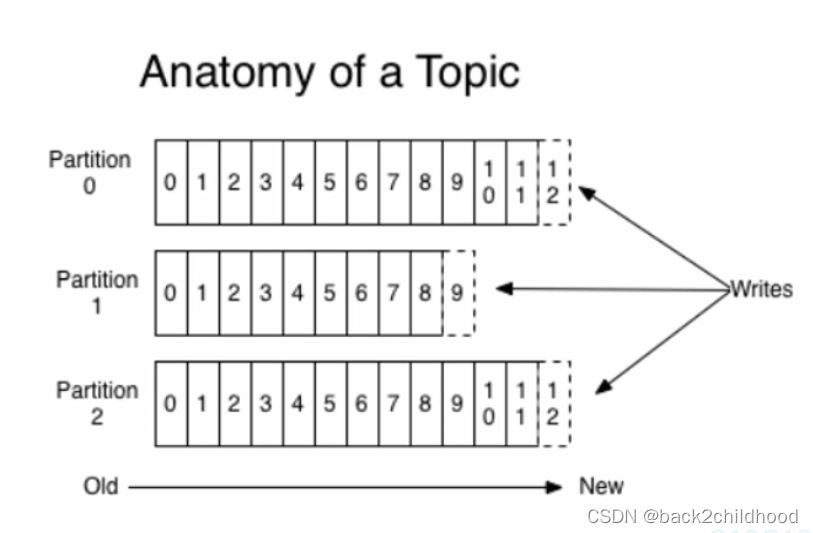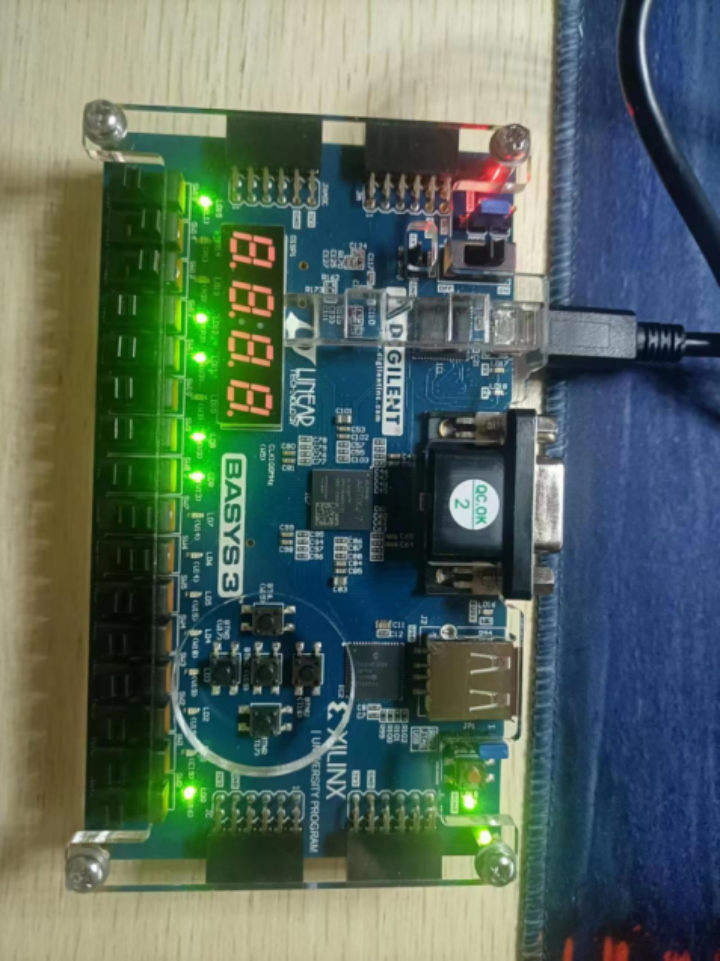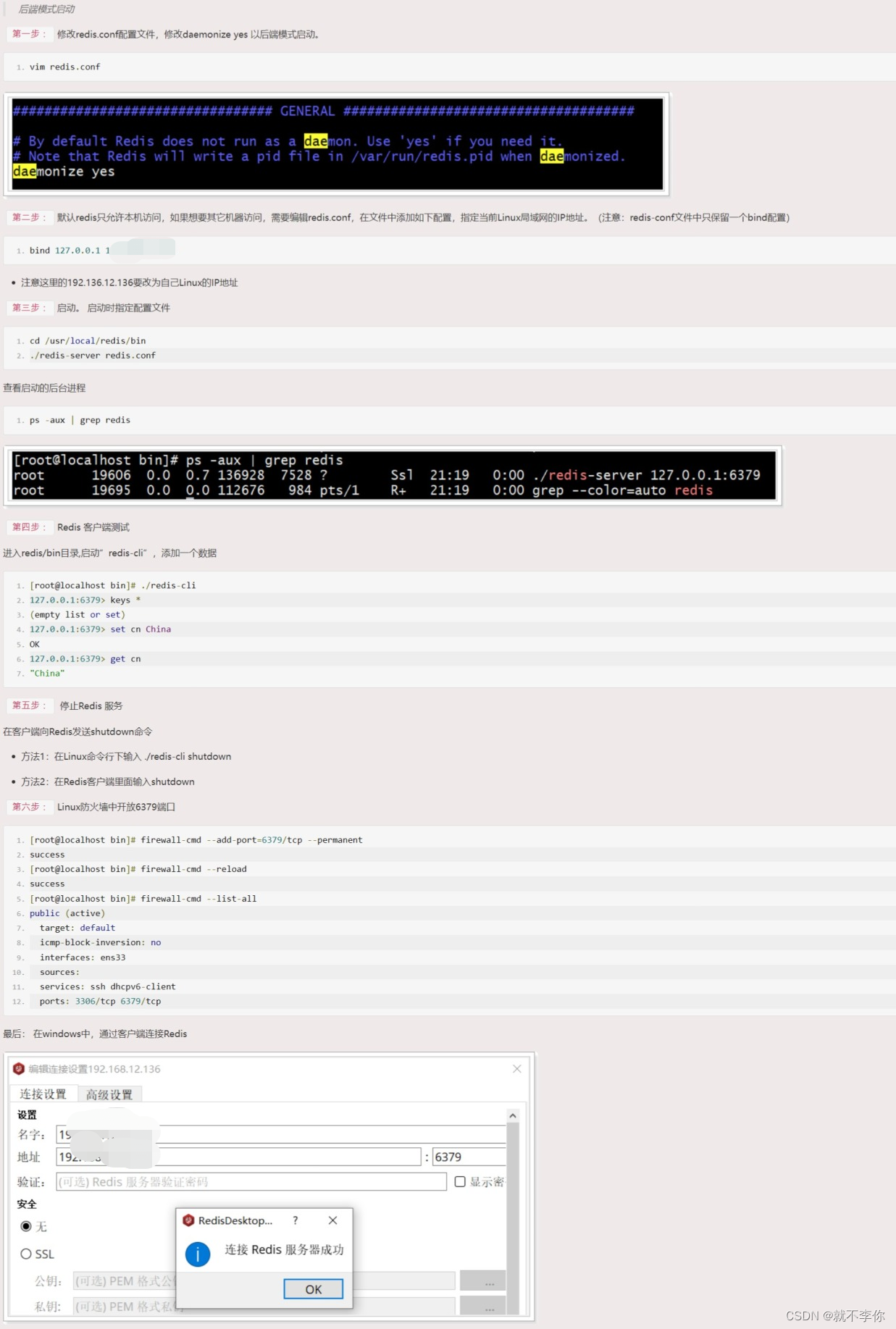celery Periodic Tasks 周期任务
https://docs.celeryq.dev/en/latest/userguide/periodic-tasks.html
/home/mike/work/celery-5.3.1/examples/periodic-tasks
myapp.py
"""myapp.py
Usage::
# The worker service reacts to messages by executing tasks.
(window1)$ python myapp.py worker -l INFO
# The beat service sends messages at scheduled intervals.
(window2)$ python myapp.py beat -l INFO
# XXX To diagnose problems use -l debug:
(window2)$ python myapp.py beat -l debug
# XXX XXX To diagnose calculated runtimes use C_REMDEBUG envvar:
(window2) $ C_REMDEBUG=1 python myapp.py beat -l debug
You can also specify the app to use with the `celery` command,
using the `-A` / `--app` option::
$ celery -A myapp worker -l INFO
With the `-A myproj` argument the program will search for an app
instance in the module ``myproj``. You can also specify an explicit
name using the fully qualified form::
$ celery -A myapp:app worker -l INFO
"""
from celery import Celery
backend='redis://127.0.0.1:6379/1'
broker='redis://127.0.0.1:6379/2'
app = Celery(
# XXX The below 'myapp' is the name of this module, for generating
# task names when executed as __main__.
'myapp',
broker=broker,
backend=backend
# ## add result backend here if needed.
# backend='rpc'
)
app.conf.timezone = 'UTC'
@app.task
def say(what):
print(what)
@app.on_after_configure.connect
def setup_periodic_tasks(sender, **kwargs):
# Calls say('hello') every 10 seconds.
sender.add_periodic_task(10.0, say.s('hello'), name='add every 10')
# See periodic tasks user guide for more examples:
# https://docs.celeryq.dev/en/latest/userguide/periodic-tasks.html
if __name__ == '__main__':
app.start()
运行方法:
celery -A myapp worker -l INFO

celery -A myapp beat

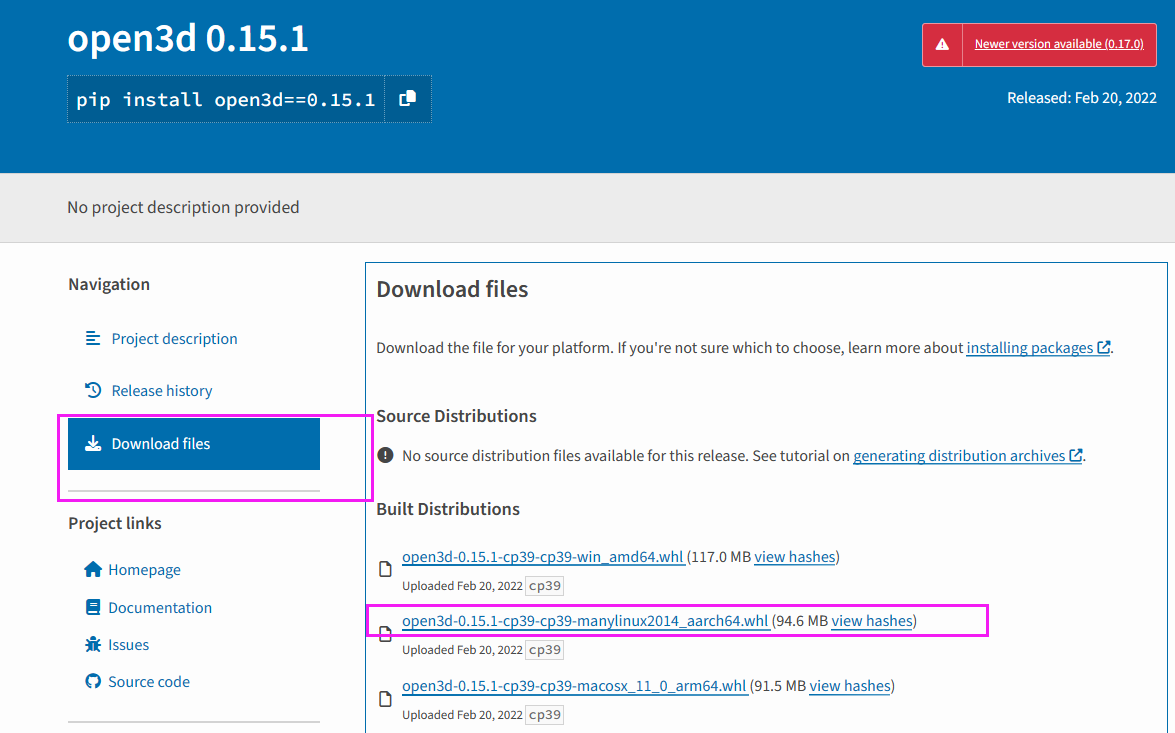








![NSS [HNCTF 2022 WEEK2]ez_ssrf](https://img-blog.csdnimg.cn/img_convert/8026d2814992ba540bf7a8c2b1e02957.png)


